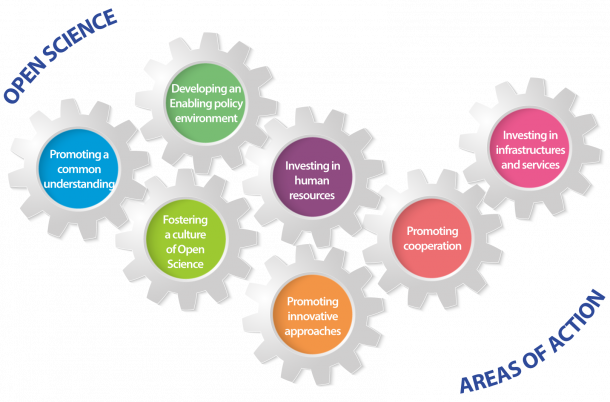
Ensuring Progress: The Importance of Funding for Open Science Infrastructure
Ensuring Progress: The Importance of Funding for Open Science Infrastructure https://opusproject.eu/wp-content/uploads/2023/08/open_science_areas_actionFig-5.png 610 402 Open and Universal Science (OPUS) Project Open and Universal Science (OPUS) Project https://opusproject.eu/wp-content/uploads/2023/08/open_science_areas_actionFig-5.pngOpen science infrastructure is a cornerstone of modern scientific progress, enabling researchers to collaboratively advance knowledge and address pressing global challenges. Adequate funding is crucial for the sustainability, growth, and innovation of this infrastructure. By recognizing the value of open science and investing in its foundational elements, we can ensure that the fruits of scientific research are accessible to all, driving innovation, enhancing transparency, and fostering a culture of collaboration that benefits humanity as a whole.
The Role of Open Science Infrastructure
Open science infrastructure encompasses a wide array of elements that contribute to the robustness and accessibility of scientific knowledge. This includes repositories for data and publications, collaborative platforms for sharing code and methodologies, preprint servers, and tools for data visualization and analysis. By providing researchers with the means to openly share their findings, methodologies, and data, this infrastructure fosters a culture of transparency and collaboration, enabling others to build upon existing work, validate results, and generate new insights.
Benefits of Open Science Infrastructure
- Accelerating Research: Open science infrastructure accelerates the pace of scientific discovery by reducing duplication of efforts and enabling researchers to build upon each other’s work. This collaborative approach can lead to faster breakthroughs and novel solutions to complex problems.
- Transparency and Reproducibility: Transparent sharing of data, methodologies, and results ensures that research can be independently validated and reproduced, enhancing the credibility and reliability of scientific findings.
- Global Access: Open science infrastructure promotes equitable access to knowledge, transcending geographical and financial barriers. This inclusivity ensures that researchers from around the world can contribute and benefit from scientific advancements.
- Innovation and Interdisciplinarity: By enabling interdisciplinary collaboration and providing a platform for researchers from diverse fields to connect, open science infrastructure stimulates innovation and the cross-fertilization of ideas.
- Public Engagement: Openly accessible research engages the broader public, fostering a better understanding of scientific concepts and encouraging citizen participation in scientific endeavors.
Challenges and the Need for Funding
Despite its numerous benefits, open science infrastructure faces various challenges, with funding being a central concern. Developing, maintaining, and expanding these resources requires financial support to ensure their longevity and effectiveness. Some of the key challenges include:
- Sustainability: Many open science infrastructure projects are run by nonprofit organizations or academic institutions, making them vulnerable to funding fluctuations and uncertainties.
- Technological Advancements: As technology evolves, open science infrastructure must adapt and incorporate new tools and methodologies, necessitating ongoing financial investment.
- Data Management and Storage: The costs associated with storing and managing the vast amounts of data generated in scientific research can strain existing resources.
- User Experience: User-friendly platforms and intuitive interfaces are crucial for researchers to effectively utilize open science infrastructure. Design and development of such features require funding.
- Global Reach: To ensure equitable access, open science infrastructure needs to consider the diverse needs of researchers across different regions, which may involve localization efforts and translation services.
Funding Strategies for Open Science Infrastructure
To address these challenges and secure the future of open science infrastructure, several funding strategies can be explored:
- Government Support: Governments can play a significant role in funding open science infrastructure through grants, subsidies, and dedicated research funding programs.
- Philanthropic Initiatives: Foundations and philanthropic organizations can contribute by providing grants or endowments to support the development and maintenance of open science infrastructure.
- Public-Private Partnerships: Collaboration between public and private sectors can help pool resources and expertise, fostering sustainable and innovative open science infrastructure projects.
- Crowdfunding and Donations: Engaging the broader scientific community and the public through crowdfunding campaigns or donation drives can help raise funds for specific open science projects.
- Institutional Support: Academic institutions can allocate resources and establish dedicated departments or units to oversee the development and maintenance of open science infrastructure.
Headline picture: UNESCO
- Posted In:
- Open Science News




